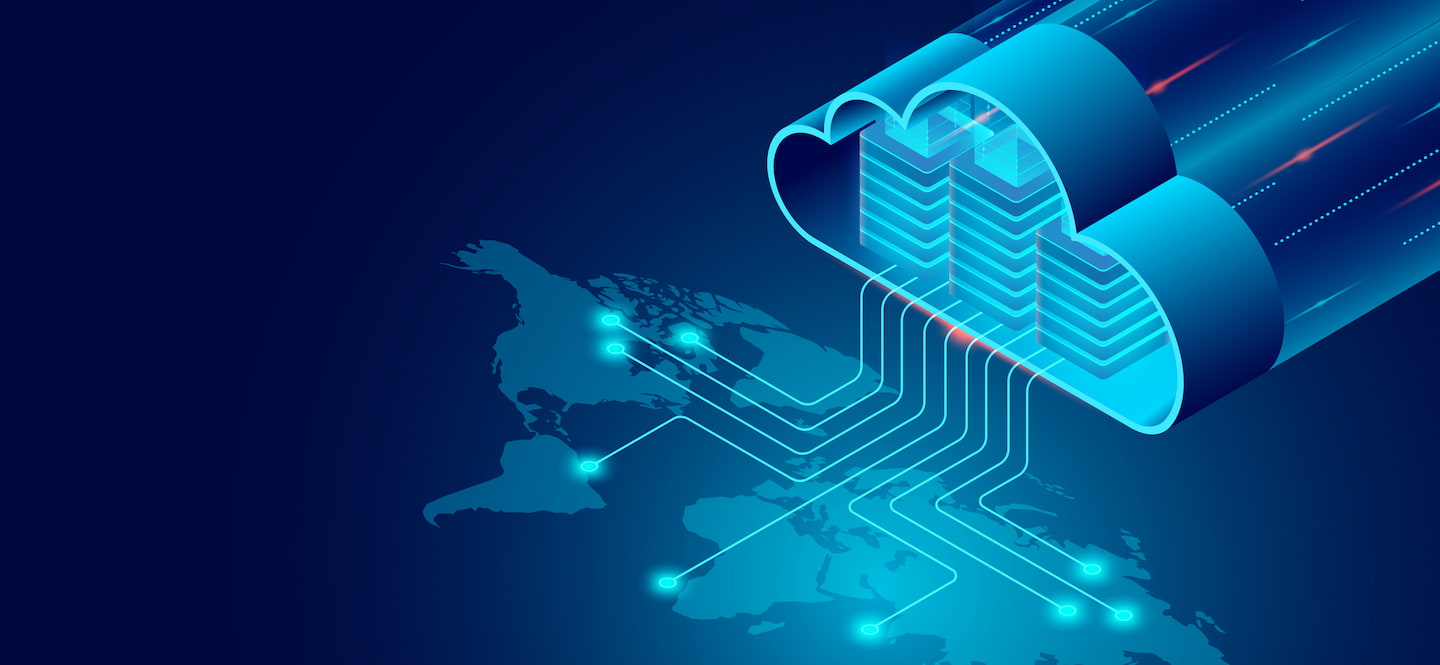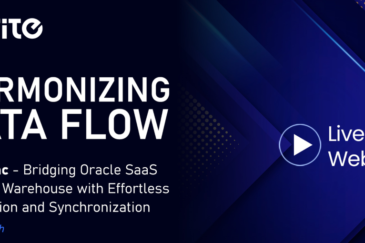Understanding Oracle EBS Architecture and its Upgrade Paths

- February 15, 2024
- Mohammed Nadeem Uddin
- 0
Database Tier
Application Tier
The application tier is where the Oracle EBS application logic resides. It includes several components:
Web Server: Users utilizing web browsers to access the EBS applications must navigate through the web server. It handles HTTP requests from clients and communicates with the application server tier to process these requests.
Application Server: The application server hosts the EBS application logic. It consists of various server processes responsible for handling user requests, executing business logic, and generating responses. Examples of application server components include Oracle Forms Server (for rendering forms-based interfaces), Oracle Reports Server (for generating reports), and Concurrent Processing Server (for executing concurrent programs).
Forms Listener: This component enables communication between the web server and the Oracle Forms Server for rendering forms-based interfaces.
J2EE Components: EBS also includes Java 2 Enterprise Edition (J2EE) components for certain functionalities, such as Oracle Application Framework (OAF) pages, which are used for building web-based user interfaces.File System
Concurrent Processing Tier
Integration Components
Desktop Tier
Oracle EBS Upgrade Paths
There are several paths through which organizations can transition from older versions of the EBS software to newer ones, typically to access new features, enhancements, and support benefits. Several factors influence the choice of upgrade path, including the current version of EBS, the desired target version, business requirements, technical considerations, and the organization’s IT strategy. Below are some common Oracle EBS upgrade paths:
Direct Upgrade: Organizations on relatively newer versions of Oracle EBS can opt for an immediate upgrade, transitioning directly from their current version to the latest supported version of EBS. This approach minimizes downtime and complexity by skipping a few upgrade steps. However, it requires careful planning, testing, and validation to ensure a seamless transition and mitigate risks, such as compatibility issues, customizations, and data migrations.
Two-Step Upgrade: In cases where the gap between the current EBS version and the latest version is significant, a two-step upgrade approach might be necessary. This involves upgrading to an intermediate version before proceeding to the final version. While this approach may require additional effort and resources, it allows organizations to address compatibility issues, adapt to changes gradually, and leverage interim enhancements and features introduced in intermediate releases.
Reimplementation: Organizations can reimplement Oracle EBS instead of performing a traditional upgrade. Reimplementation involves deploying a new instance of EBS based on the latest version and migrating relevant data, configurations, and customizations from the old system. While more disruptive than upgrades, reimplementations offer opportunities to standardize and optimize business processes, redesign configurations, and address technical debt accumulated over time. They benefit organizations seeking a fresh start or undergoing significant business transformations.
Migration to Oracle Cloud Applications: With Oracle’s focus on cloud computing, organizations may consider migrating from on-premises EBS installations to Oracle Cloud Applications. This migration path offers enhanced scalability, agility, and access to modern features and functionalities. However, it requires careful planning, data migration, integration with existing systems, and potential process reengineering to align with cloud best practices and fully leverage its capabilities.
Irrespective of the chosen upgrade path, detailed planning, stakeholder engagement, risk assessment, and testing are important for an easy transition with minimal impact on business operations. Rite Software has a proven track record in Oracle EBS projects, and we can assist you in all aspects of your Oracle EBS upgrade, including regulatory compliance, security, performance optimization, and user training, to maximize the value of your Oracle EBS investment.
Services
Products
Company
Copyright © 2025 Rite Software Solutions & Services LLC. All rights reserved.



